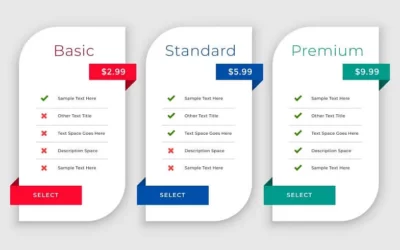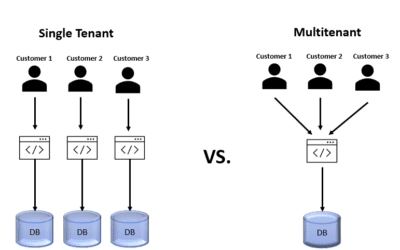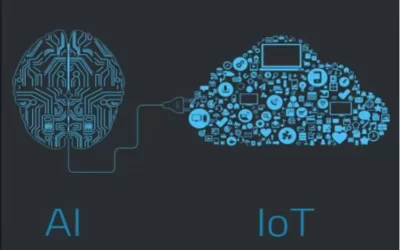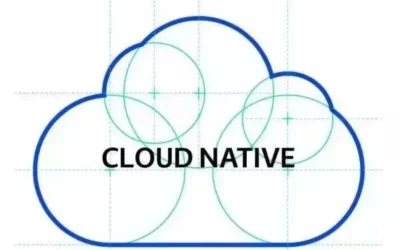The cloud can help reorganize how software is managed and ease the burdens of budgeting and efficiency. Cloud management software helps envision that.
cloud computing
Cloud computing is the on-demand availability of computer system resources, especially data storage and computing power, without direct active management by the user. The term is generally used to describe data centers available to many users over the Internet.
Top Software as a Service Companies in 2024
Spending for public cloud usage continues to climb with every year. In 2023, nearly $600 billion was spent world-wide with a third of that being taken up by SaaS. By comparison, Infrastructure as a Service only takes up $150 billion and Platform as a Service makes up $139 billion. On average, companies use roughly 315 individual SaaS applications for their operations and are gradually increasing on a yearly basis. SaaS offers a level of cost efficiency that makes it an appealing option for consuming software.
What is Tiered Pricing for Software as a Service?
Tiered Pricing is a method used by many companies with subscription models. SaaS companies typically offer tiered pricing plans with different services and benefits at each price point with typically increasing benefits the more a customer pays. Striking a balance between what good rates are and the price can be difficult at times.
The Most Popular Cloud Cost Optimization Tools
Cloud environments and their pricing models can be difficult to control. Cloud computing does not offer the best visibility and it is easy to lose track of which price control factors are having an impact on your budget. Having the right tools can help put value to parts of an environment and provide guides on how to better bring budgetary issues back under control.
Single-Tenant vs. Multi-Tenant Cloud Environments
Operating a cloud environment and optimizing Software as a Service can be managed in two different methods. Reasons for adopting either single-tenant or multi-tenant cloud environments are dependent on business and customer-related factors as well as how much more expensive one architectural structure will be over the other. Both structure types also have a number of security and privacy implications tied to their inherent design.
A Comprehensive Look at Cloud Storage Pricing
Having Cloud Storage helps to synchronize key documents between remote workers and to manage data as needed. Cloud services provide a number of features that let users scale contents as they need to and protect storage contents with. Regardless of platform or device type, contents can be accessed by all users who can share that cloud storage. The vendors that provide cloud storage services each have their own features that make them ideal for specific users.
What is Vertical Scaling vs. Horizontal Scaling?
When deciding between horizontal and vertical scaling, it is crucial to consider what qualities of the service you value most, your budget constraints, and your feelings towards additional maintenance. Both methods have their own advantages and drawbacks, so it’s important to weigh these factors carefully before making a decision. By evaluating these aspects thoroughly, you can ensure that your scaling strategy aligns with your organization’s needs and resources, leading to a more effective and efficient infrastructure setup.
Powering IoT Devices and Edge Computing with Gen AI
As the Internet of Things (IoT) continues to evolve, the integration of Generative Artificial Intelligence (AI) with edge computing emerges as a powerful synergy. This combination holds immense potential for enabling intelligent decision-making at the edge, transforming how IoT devices operate and interact. Because of the distances imposed by the allocation of IoT devices, this does introduce new challenges as to how devices are run, maintained, and protected.
Optimizing DevOps for Cloud-Native Applications
Running DevOps on the cloud is a matter of orienting the developer team to be more receptive to how the advantages of the cloud will be applied. The automation and scaling features of the cloud can significantly develop velocity significantly. There are a number of principles to consider when implementing this type of strategy.
Developing E-Commerce with Amazon Web Services
Amazon continues to innovate with internet retail and how the customer’s experience is enhanced digitally. AWS continues to lead in fostering innovation and support of enterprises and retailers through the use of microservices, an API-first mentality, and cloud-native infrastructure. This has helped lay the groundwork for more sustainable online storefronts and provided customers with better services.










